-
If it’s a design a sign company needs, we can design it. This includes interior and exterior lighted and non-lighted signs, environmental graphics, architectural, ADA, and wayfinding signs, complete sign and rebranding packages, fleet graphics and wrap design, tradeshow and event graphics, etc.. If you can sell it, we’ll design it.
In addition to providing conceptual designs, renderings, and presentation drawings, we also create drawing sets for production, fabrication and permitting, as well as production-ready full-size and print files built to your specifications.
-
We’re not structural engineers, so it is the client's responsibility to ensure anything we design meets all local code requirements and is reviewed and approved by a licensed structural engineer (more on this below).
And, we don’t work for the general public, we only work for other professionals in the sign and graphics industry.
Otherwise, if you have a design need, reach out, chances are we can help you.
-
We’re proficient in both the Adobe Creative Suite, CorelDraw, and SketchUp.
Each has its advantages and disadvantages, and we use all tools available to produce the best designs for the given scenario.
We typically do most vector linework in Illustrator, photo manipulation and nighttime renderings in Photoshop, and final scale drawings and design packages are assembled in CorelDraw.
We keep our software up to date at all times so there's never an issue with file compatibility, but be sure to let us know if you need us to save a file in an older version for you.
-
It’s really easy. We’ve developed a super cool web-based job management portal.
Once we get you onboarded as a new client, you’ll be able to log on, submit jew jobs, manage your active and closed job queues, retrieve files, request revisions, and communicate directly with us.
Look, we get it, everybody has password fatigue and you’d rather get a root canal than learn one more system. We promise it’s as easy as it gets, and it’ll make your life a little easier too.
-
Absolutely, we prefer to work this way! We keep a catalog of design standards, section details, proof sheets or title blocks, etc., for each customer. As part of our new client onboarding process, you’ll upload all of your company’s design assets to our job management system and we’ll always use them.
We also typically ask that you send us a few samples of previous jobs so we can be sure the work we produce for you is designed and presented in a manner that’s consistent with your in-house art department.
-
That will vary by the job, of course, but we strive to turn average jobs in around 2-3 days. Larger or more complex jobs will require more time, and we’ll work with you to establish a project timeline. You’ll probably get super-quick “knockout” type jobs back much faster.
Our goal is not to be the fastest designers - that just flat out requires sacrificing quality, something we’re not willing to do.
To provide the level of quality and creativity we strive for in every project takes a little more time.
But listen, we’ve been in this industry for a long time, and we know what it’s like to have a sale on the line or a deadline looming. We’re going to work hard to meet every deadline thrown at us.
-
We’re always looking for talented and experienced designers from within the sign and graphics industry. If you’re interested in joining our collective, send us your portfolio and we’ll reach out.
-
We work hard to specify industry-standard materials and fabrication and installation methods in our drawings; however, each shop, local jurisdiction, and engineer is different, and it's impossible for us to know what may or may not be required in your area.
It is your responsibility to ensure anything we design meets all local code requirements, is designed in a way that your shop can fabricate and install, and has been reviewed and stamped my a licensed local structural engineer.
We're always happy to update drawings as needed to reflect any modifications needed to meet local requirements.
